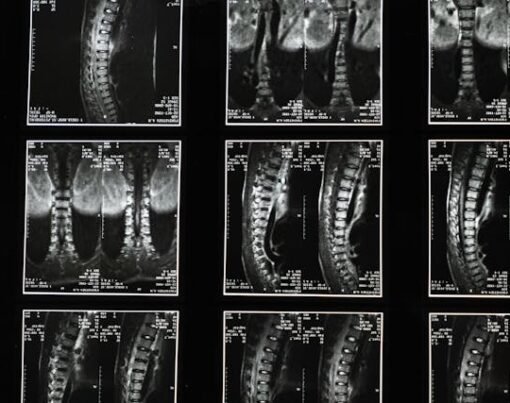Proper wound care is crucial for preventing infections and promoting faster healing, ensuring your body can recover and return to its normal state. Whether you’re dealing with a minor cut or a more severe wound, having the right knowledge and techniques can make all the difference in your recovery process. In this article, we’ll discuss essential wound care tips to prevent infection and encourage faster healing.
Table of Contents
1. Cleanse the Wound Thoroughly
The first step in preventing infection and promoting healing is thoroughly cleansing the wound. Gently rinse the affected area with clean water or a saline solution to remove any dirt, debris, or bacteria. Avoid using hydrogen peroxide or alcohol, as these can damage healthy tissue and delay the healing process. Pat the area dry with a clean, sterile gauze pad or cloth to prepare it for further treatment.
2. Apply an Antibacterial Ointment
After cleansing the wound, apply a thin layer of an over-the-counter antibacterial ointment, such as Neosporin or Polysporin, to prevent bacterial growth and promote a moist healing environment. This can help reduce the risk of infection and encourage faster healing. Be sure to follow the manufacturer’s instructions and consult your healthcare provider if you have any concerns or allergies to certain ingredients.
3. Choose the Right Dressing
Selecting the appropriate dressing is essential for protecting the wound and maintaining an optimal healing environment. There are various wound care products available, including adhesive bandages, non-stick gauze pads, and hydrocolloid dressings. Consider factors such as the size and depth of the wound, as well as your skin type and sensitivities, when choosing the right dressing. Your healthcare provider can also offer guidance on the most suitable product for your specific wound.
4. Keep the Wound Moist
A moist environment is crucial for promoting faster healing and reducing the risk of scarring. Keep the wound covered with a dressing and change it regularly according to the manufacturer’s instructions or as advised by your healthcare provider. Ensure that the wound remains clean and moist, but not overly saturated, as this can cause maceration or breakdown of the surrounding skin.
5. Monitor for Signs of Infection
Regularly check your wound for any signs of infection, such as increased redness, swelling, pus, or a foul odor. Additionally, keep an eye out for systemic symptoms like fever, chills, or increased pain. If you notice any of these signs, contact your healthcare provider immediately to discuss appropriate treatment options.
6. Maintain a Healthy Diet and Hydration
Proper nutrition and hydration play a vital role in promoting faster wound healing. A balanced diet rich in protein, vitamins, and minerals can provide your body with the necessary nutrients to rebuild damaged tissue and support the immune system. Staying well-hydrated can also improve circulation and promote the delivery of essential nutrients and oxygen to the wound site. Consult your healthcare provider for personalized dietary recommendations based on your specific needs.
7. Avoid Smoking and Limit Alcohol Consumption
Smoking and excessive alcohol consumption can hinder the wound healing process by impairing circulation, reducing oxygen delivery to the wound site, and weakening the immune system. To promote faster healing and reduce the risk of complications, consider quitting smoking and limiting alcohol intake during the recovery process.
Conclusion
Proper wound care is essential for preventing infections and promoting faster healing. By following these tips—cleansing the wound, applying antibacterial ointment, choosing the right dressing, keeping the wound moist, monitoring for signs of infection, maintaining a healthy diet and hydration, and avoiding smoking and limiting alcohol—you can support your body’s natural healing process and ensure a smoother recovery. Always consult your healthcare provider for personalized advice and recommendations based on your specific wound and medical history. Remember, investing in quality wound care products and taking the time to educate yourself about proper wound care techniques can make a significant difference in your overall healing experience and recovery time.










